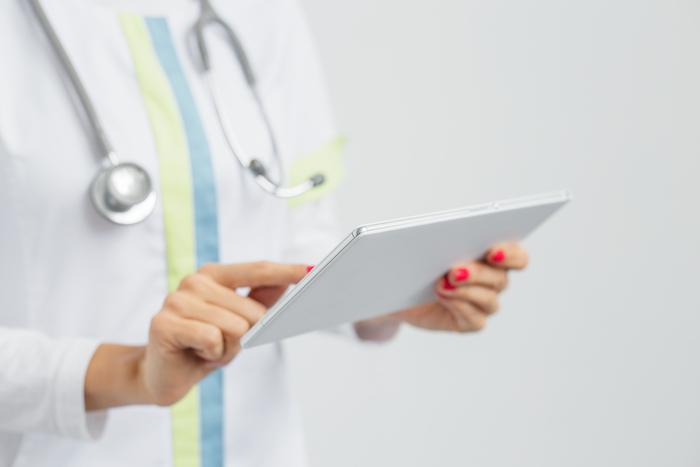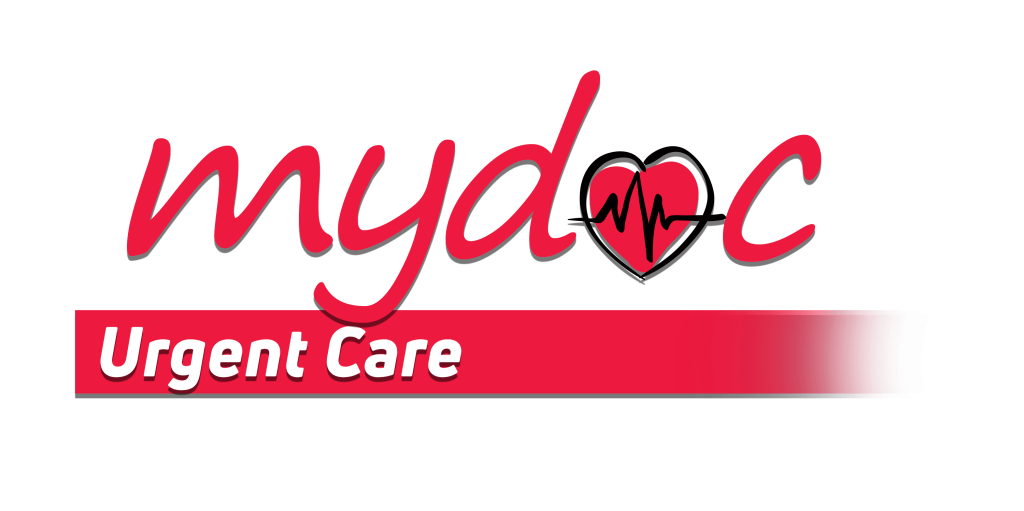What to Expect During Your Cervical Cancer Screening

Cervical cancer deaths have dropped dramatically since the Pap smear became a routine part of wellness care for people with a cervix. These days, you can add HPV testing to cervical cancer screening. This test detects the presence of human papillomavirus, the leading cause of cervical cancer.
We offer both types of cervical cancer screening tests at MyDoc Urgent Care in the Bronx, Brooklyn, Forest Hills, East Meadow, and Little Neck, New York. Check these facts from our team about when to start routine screening and what to expect during a cervical cancer check.
What are the differences between a Pap smear and an HPV test?
A Pap smear tests for precancerous or early cancerous cells. An HPV test checks for the human papillomavirus infection, which can cause genital warts and is the most common cause of cervical cancer. Usually done as part of a pelvic exam or women’s health visit, both tests focus on cells collected from the cervix, the lowest portion of the uterus that sits at the top of the vagina. If you’re undergoing an HPV test, your MyDoc Urgent Care provider also collects samples of vaginal cells.When should you start cervical cancer screening?
Every case is different. Your provider may recommend yearly screening tests if you have a history of gynecologic cancer, previous abnormal test results, or other issues that increase your risk of cervical cancer. Generally, however, the CDC recommends starting Pap smears at age 21. If your test is normal, unless you’re at high risk for cervical cancer, your provider may recommend Pap smears every two to three years after that. If test results are concerning, you may require more frequent monitoring or additional tests to rule out cancer. The CDC recommends primary HPV screening between 25 and 65. If your initial screening is negative for the infection, they recommend HPV testing every five years. You can also schedule a visit sooner following exposure to HPV during sexual activity. For convenience, your MyDoc Urgent Care provider can perform a Pap smear and HPV test during the same visit, called co-testing. Based on your provider’s recommendations, you may no longer need routine screening if you’re over 65 and have had negative screening tests for several years.What happens during cervical cancer screening?
During cervical cancer screening, you lie comfortably on an exam table with your feet in stirrups. Your provider gently inserts a speculum into the vagina to gain access to the cervix and obtains cell samples using a small brush (cytobrush) or spatula. The samples are labeled and sent to a lab for assessment. You may feel some pressure in your pelvic region during the exam, but the procedure is not painful. Many people report a slight vaginal discharge for a few hours afterward, but you can resume routine activities immediately. The exam should not occur during your menstrual period to prevent interference with the study results. Also, we generally recommend that you avoid douching or using vaginal creams, jelly, foams, or deodorants 48 hours before testing. Visit MyDoc Urgent Care for outstanding medical care, including GYN services, with the convenience of walk-in visits or same-day doctor appointments. Call the office today, or contact MyDoc using our secure online service for more information.SCHEDULE A CONSULTATION
